Aphid control is crucial to keeping your garden’s produce. Is there a way to organically get rid of them? In our garden’s we prefer to share our produce with people, not pests, so we have come up with 3 easy organic aphid control techniques that are sure to help you take control of the pests!
The first organic aphid control technique is patrolling. In the garden while you are watering, harvesting or doing some other chore, take a moment to look at your plants. Check the undersides of the leaves and all of the hidden nooks and crannies. What do you see? Pay close attention to any aphid eggs lurking on the plants. Whenever you see a cluster, squish the eggs with your thumb. By tending to the garden in this way, more often than not you will be able to keep the aphids at bay!
Just patrolling the garden doesn’t always work. When the aphids have become more than just squishing a few eggs, it’s time to bring out new methods. The second organic aphid control technique is spraying Safer Soap. This soap is based on potassium fatty acids and is used to control many plant pests. It coats the bugs and prevents them from breathing. It only works when it covers the bugs. You will mix up a spray bottle full and coat the plant with a special attention to problem areas.
You will spray two times a week to eliminate the aphids and once a week to keep them in control.
Another great option for organic aphid control is to use beneficial insects! Ladybugs and the not so well known aphidius parasitic wasp. The ladybug in its adult stage can eat up to 5,000 aphids! These are fun to release into the garden with your kids. The ladybug starts out as eggs and then hatch into their larva stage. In this stage they can eat about 400 aphids before the pupal stage. After the pupa stage they emerge as the adult ladybug we know and love. The first three stages range in length from 7-21 days depending on food supply and the weather. The mature ladybug stage can last between 3-9 months depending on weather, length of hibernation, food supplies and predators.
The Aphidius parasitic wasp works best in greenhouses. The parasitic wasp finds aphid colonies from a long distance by “alarm signals” produced by an infected plant. At shorter distance it smells the honeydew. The adult Aphidius feeds on honeydew. When the wasp is ready to lay eggs she finds a host aphid to deposit one egg in each aphid. One female Aphidius can deposit an egg in up to 300 aphids in its 2-3 weeks as an adult. The wasp pierces the back of the aphid with its ovipositor, leaving a small, barely visible reddish mark. She then lays an egg in the aphid which, upon hatching, feeds without affecting the aphid at first. From within the aphid, the wasp larva will cut a small hole in the aphid and glue it to a leaf with a silk. Then the wasp larva will spin a cocoon around the aphid body. The Larva will pupate inside of the aphid. At this stage, parasitized aphids can easily be recognized as swollen, papery, and a silvery brown colored – also called a mummy. When the wasp is mature, it will cut a circular hole in the skin of the now dead aphid, and emerge as a winged adult.
Both of these beneficial insects are released into my farm’s greenhouses regularly.
These three methods have been trusted and true on the farm. What has worked for you? And what pests are you struggling with? It would be great to get your garden problems answered!
Until next time, may your garden be easy, fun, productive and pest free!
Lynn
P.S. Save this article or spread the word on organic aphid control by sharing the images below!
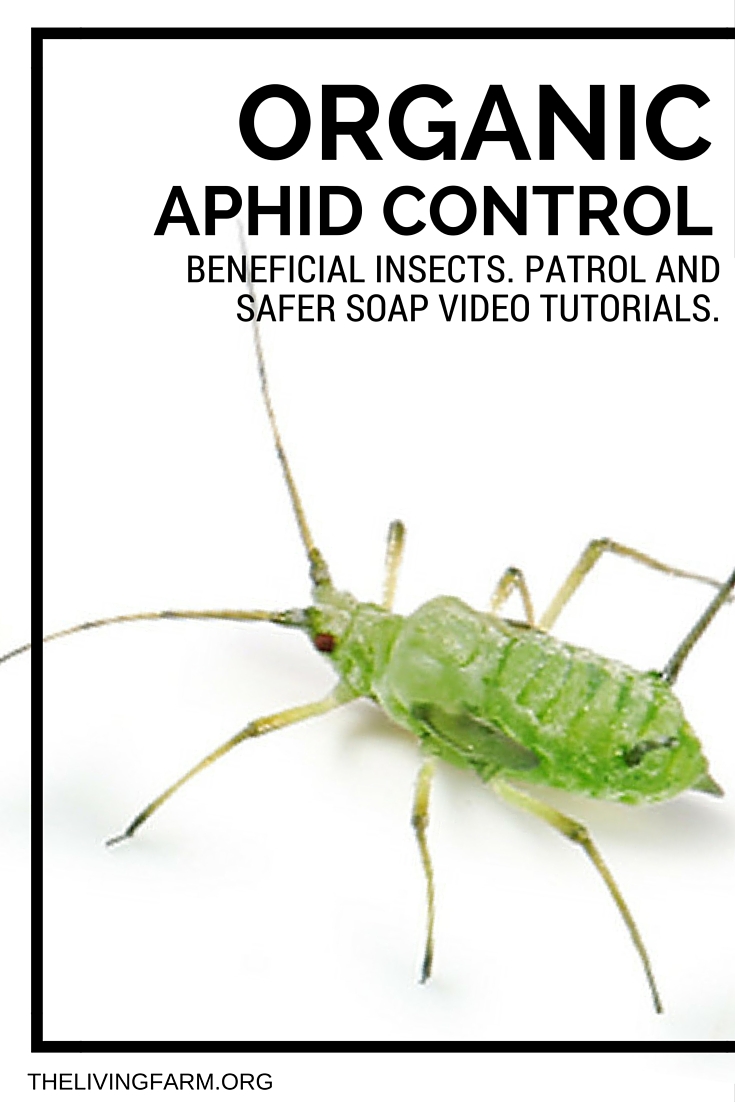
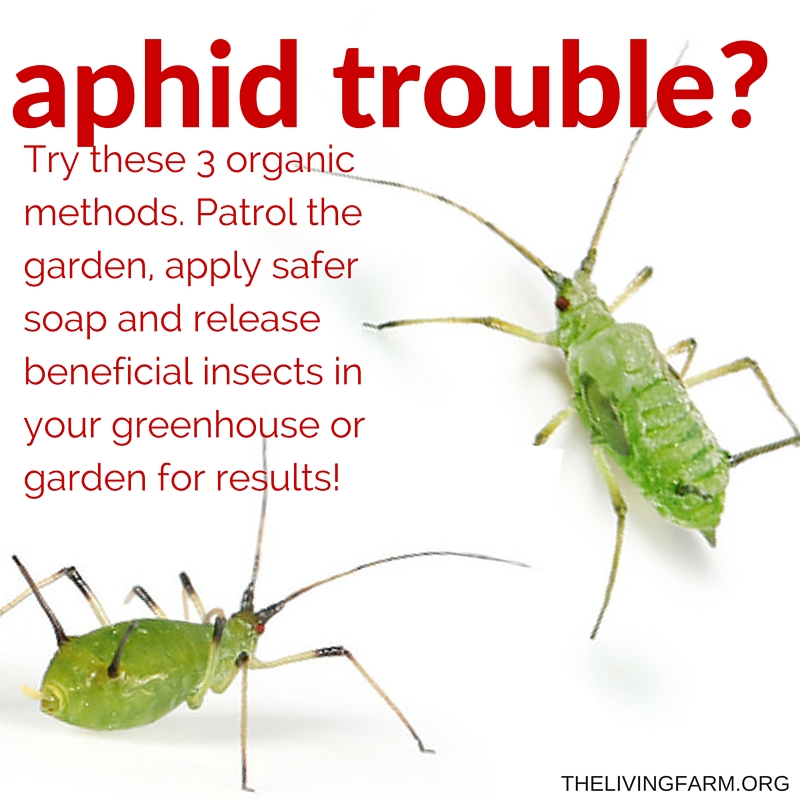

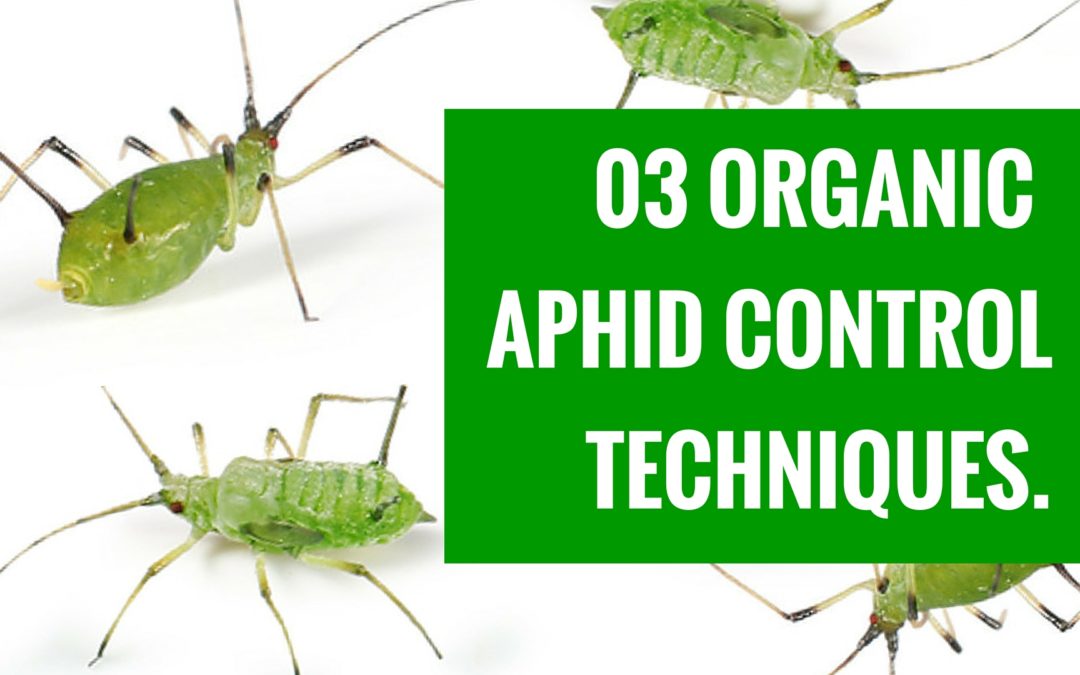
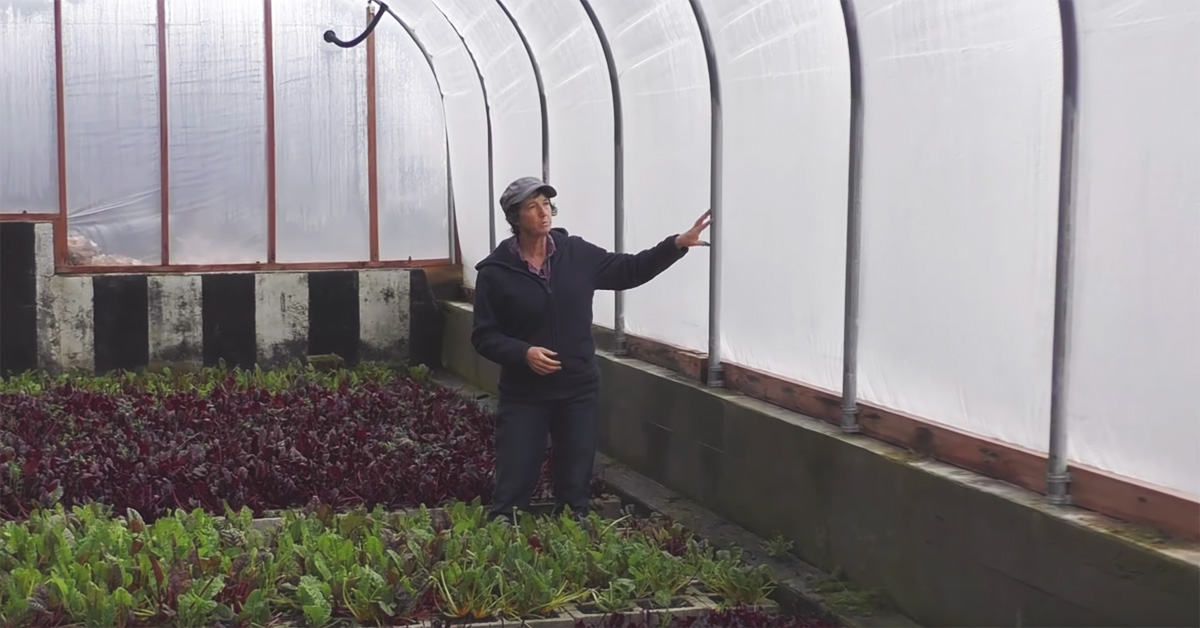

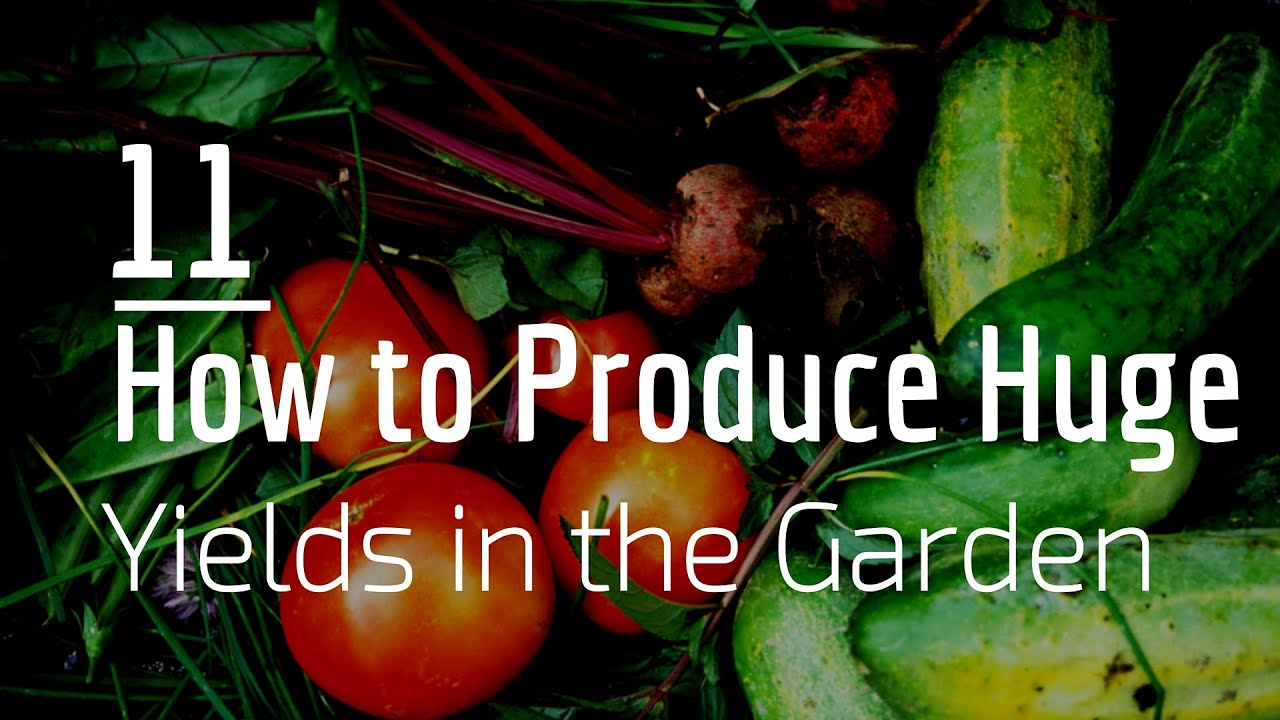
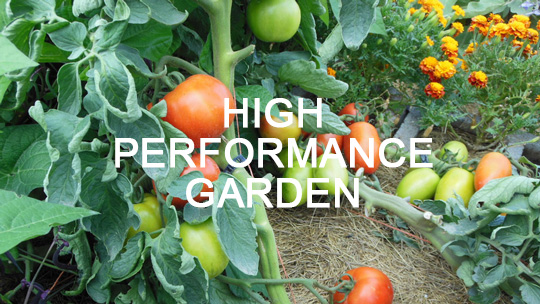



I wish I could have a greenhouse, by my meager monthly retirement check prohibits it. I found something called a “garden tunnel” (MUCH cheaper) made with plumbing pipe and plastic cloth and got all stoked, until I found out that we get monsoon winds twice a year here that rips them all apart. :'(
Thanks for this article – we just got a property in the Hotchkiss area, and most of our 20 acres is in Alfalfa/Hay. The fellow we purchased from said he’s had some challenges with aphid infestations in the past. We are committed to only using safe, organic methods of pest control that have minimal impact on other species – especially crucial as we’ll be grazing chickens/pigs on the alfalfa. Do these methods work well at a larger scale? Would love any suggestions!
Any of the methods that we use on the small scale can be ramped up if it is cost effective. I think have the animals on the pasture will cut down on the aphid population. It might not be aphids it might be weevils. You can have the county extension office identify your pest for you then you will know what you are dealing with.